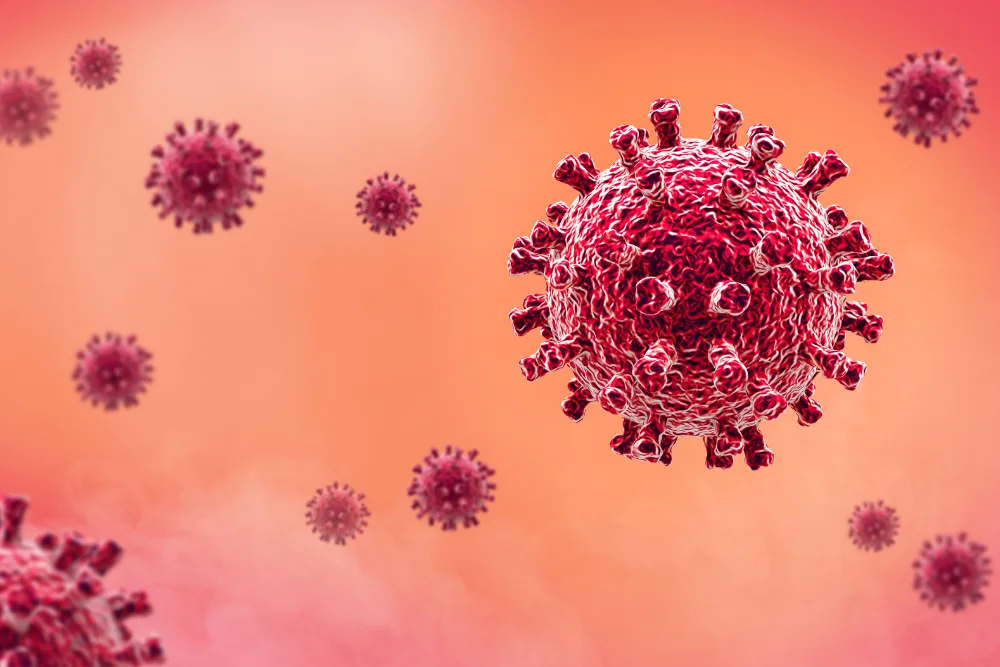HMPV Virus: Symptoms, Spread, and Prevention Tips

In recent months, a previously lesser-known virus, Human Metapneumovirus (HMPV), has captured the attention of global health authorities. With its rapid spread and potential to cause severe respiratory illnesses, understanding HMPV is crucial to mitigating its impact on public health.
What is HMPV?
HMPV belongs to the Paramyxoviridae family, which is closely related to the respiratory syncytial virus (RSV) and the measles virus. First identified in 2001, HMPV is not a new virus, but its rising infection rates in certain regions have brought it under the spotlight. It primarily targets the respiratory system and is known to cause symptoms similar to those of the common cold or flu.
Symptoms of HMPV
The symptoms of HMPV range from mild to severe and include:
- Mild Cases: Cough, runny nose, sore throat, and fever.
- Severe Cases include wheezing, difficulty breathing, and pneumonia, particularly in young children, the elderly, and individuals with compromised immune systems.
How Does HMPV Spread?
HMPV spreads through respiratory droplets when an infected person coughs, sneezes, or talks. It can also spread by touching contaminated surfaces and the face, especially the eyes, nose, or mouth.
Who is Most at Risk?
While HMPV can infect anyone, certain groups are at higher risk of developing severe complications:
- Infants and young children
- Older adults, particularly those with underlying health conditions
- People with weakened immune systems
- Individuals with chronic lung or heart conditions
Global Concerns
Health experts are particularly concerned about HMPV due to:
- Seasonal Surges: Similar to RSV and influenza, HMPV infections peak during late winter and early spring.
- Healthcare Strain: Outbreaks can overwhelm healthcare systems, especially during co-circulation with other respiratory viruses.
- Diagnostic Challenges: HMPV symptoms overlap with other respiratory illnesses, making diagnosis difficult without specialized tests.
Prevention and Treatment
Currently, there is no specific vaccine or antiviral treatment for HMPV. Management focuses on supportive care:
- Hydration: Ensuring adequate fluid intake to prevent dehydration.
- Symptom Relief: Over-the-counter medications to manage fever and congestion.
- Hospitalization: Severe cases may require oxygen therapy or mechanical ventilation.
Preventive measures include:
- Frequent handwashing with soap and water
- Avoiding close contact with sick individuals
- Wearing masks in crowded or high-risk areas
- Cleaning and disinfecting frequently touched surfaces
Research and Future Directions
Global health organizations are ramping up efforts to better understand HMPV, with ongoing research focusing on:
- Developing vaccines and targeted antiviral treatments
- Enhancing diagnostic tools for rapid and accurate identification
- Understanding the virus’s mutation patterns and transmission dynamics
Conclusion
HMPV serves as a reminder of the ever-present threat of respiratory viruses in a globally interconnected world. By staying informed and practicing preventive measures, individuals and communities can reduce the spread and impact of this emerging health challenge. Ongoing research and public health vigilance will be key in managing and ultimately overcoming the risks posed by HMPV.



